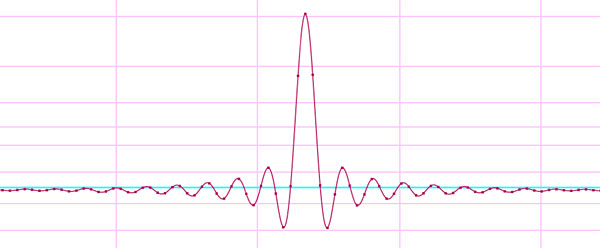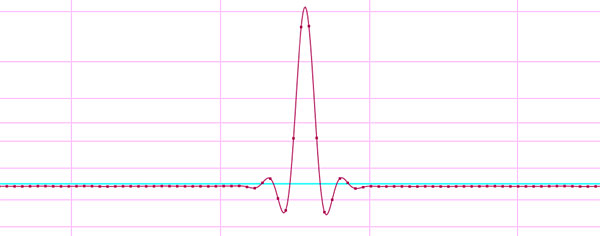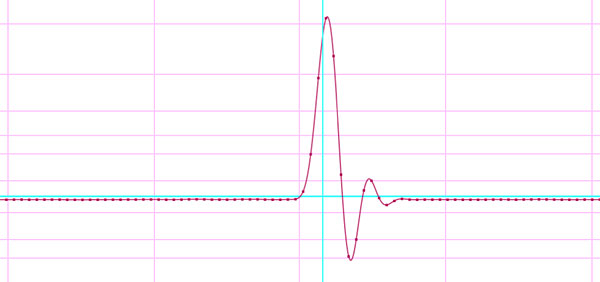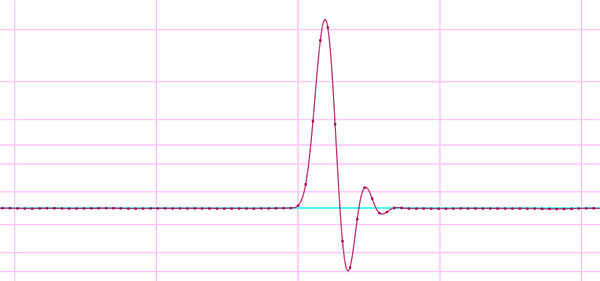Can anybody with more knowledge than me comment on what Austin writes on impulses etc? Is it correct? I struggle to understand it, and my experience is that lack of clarity in writing reflects lack of clarity in thinking.
There are a few things in there. Let's start with the basics.
They requested an impulse response in digital form for the MQA system. An impulse is a pulse that goes from zero to "one" in zero time and returns back to zero. In frequency domain, it contains all frequencies. As such, how a system interacts with it, defines how it really works.
The thing to remember about an impulse response is that it is theoretical. In practice it can never be generated because it requires infinite energy and infinite bandwidth. Such a thing does not exist in nature.
An impulse response is frequently used to characterize a filter and that is what is done in that article as the introduction. The file itself is artificially generated using a computer program. This makes it easy to go from zero to maximum value since these are just numbers we can create and put in the file. When we do this and apply it to classical reconstruction filters in DACs, we get a graph like he is showing in the article:
So instead of our one large peak, we also have smaller ones before and after it. This is mathematical and cannot be avoided when using this type of filter. It is what the filter does.
Immediate concern is raised that this should be creating audible artifacts. The "ringing" after the impulse is considered benign since it is temporally (time based) masked by the large peak and hence not heard. The ones before it -- called pre-echo -- are considered harmful since they come before the main pulse so nothing masks them. This is at the heart of the argument for "apodizing" filters and those used in MQA.
There is a problem here though. Such an impulse created in digital domain has far more energy than it would if we were capturing analog signals. That is by definition so since we limit the bandwidth of any sound we capture to half the sampling rate. In the case of 44.1 Khz sampling for example, anything above 22.05 Khz would be "illegal" and won't be in the file. An impulse then captured from analog would not have anywhere the same amount of energy/high frequency content and with it, the pre-ringing shrinks substantially.
This is NOT covered in the article and should have.
The article digs into other filter types that don't have pre-ringing which is common in many DACs such as slow roll off filters:
The problem with these filters is that they don't do what they are supposed to do, i.e get rid of all the frequencies above half the sampling rate. By not doing this, they allow those extra, unwanted signals to wrap back into the audible band. Such is also the case with MQA but not addressed yet in the article.
So this is the intro. I will dig into the MQA part next.




